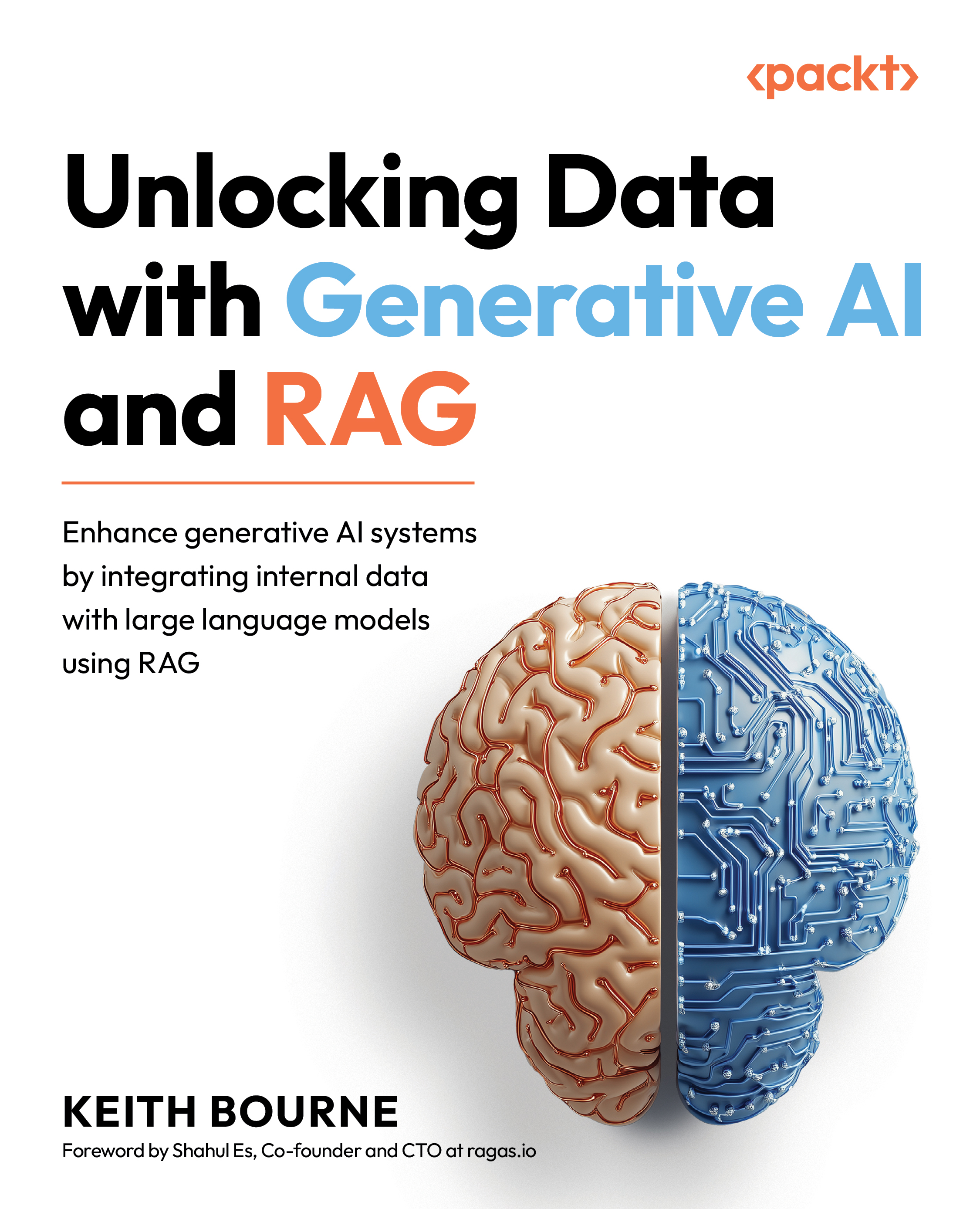Customer support and chatbots with RAG
Chatbots have evolved from simple scripted responses to the complex, RAG-driven conversational agents we see today. RAG has brought the next wave of innovation to chatbots, incorporating advanced Q&A systems into the capabilities of the chatbot in a way that is significantly more conversational and natural for the user. RAG combines the best of both worlds: the ability to retrieve information from vast datasets about your company and your customers and the capability to generate coherent, contextually relevant responses. This has shown significant promise in customer support scenarios, where the ability to quickly access and leverage company-specific data, such as past customer interactions, FAQs, and support documents, has dramatically enhanced the quality of customer service.
RAG enables chatbots to provide personalized, efficient, and highly relevant responses to user queries in a way that far exceeds the performance of earlier models that relied solely on pre-programmed responses or basic natural language processing (NLP).
Consider that this is not just a technical improvement. The level chatbots are reaching represents a transformative shift in how businesses can interact with their customers. GenAI has enabled companies to tap much deeper into all the data they have for each customer, such as reading through all your bank statements in PDF form, enabling true 1-to-1 service customization for each customer to be within reach. The RAG-enhanced chatbots can sift through vast amounts of this data to find the most relevant information, answering many more questions a user might have effectively, and ensuring that responses are accurate and tailored to the specific context of each interaction. Customers expect fast, relevant, and very personalized responses to their queries, and using RAG is easily the most effective way to deliver it.
Keep in mind that RAG-based systems are still in their infancy. In just a couple of years, expect RAG-based chatbots to push the boundaries much further. You may see conversational chatbots that can handle the most unique and specific inquiries without needing any human intervention. Their natural language (NL), ability to handle most languages, and access to massive amounts of memory and computing power will revolutionize how companies can interface with every single one of their customers in very customized and personal ways.
The benefits of RAG in Q&A and chatbots extend across multiple sectors, such as technical support, financial services, healthcare, and e-commerce. We will briefly cover some of these popular examples, starting with technical support.
Technical support
Consider a case where there is a recurring technical issue. For example, a large portion of inquiries to cable providers are related to the same technical issues. A RAG-enhanced chatbot could recognize the problem based on previous interactions and immediately provide a customized set of troubleshooting steps, acknowledging the customer’s past attempts to resolve the issue and adjusting the current response. This not only demonstrates an understanding of the customer’s experience but also builds trust and confidence in the support process.
Financial services
Financial service RAG-enhanced chatbots can also assist with account inquiries, transaction issues, and personalized financial advice, drawing from a customer’s transaction history and account details. When was the last time you tried to look up your interest rate on your credit card?
This seems like an easy question to answer, but for banks, it is often not as easy for a customer service agent to help with, as the data is buried in databases, PDF documents, and behind security measures. But once you have safely identified yourself online, a bank chatbot can use RAG to have access to all your financial documents and quickly answer 21.9%, while also providing related information, such as: You have only paid interest on your balance twice during your tenure as a customer. If you then need to talk about your mortgage account, you don’t need to switch to a different agent, as the RAG-based chatbot can help you with that too! It can handle more complicated questions such as, How much more is the interest rate on my credit card than my mortgage? In addition, if you ask a follow-up question, it understands the context of the entire conversation and can converse about your financial accounts in a very human and natural way. This level of support can significantly enhance the customer experience, fostering loyalty and trust in the company’s services much more than current systems can handle.
Healthcare
In healthcare, RAG-powered chatbots can provide patient support by accessing medical records (with appropriate permissions) to offer personalized health advice or facilitate appointment scheduling. If a patient asks about managing their newly diagnosed diabetes, the chatbot can analyze their medical history, medications, and recent lab results to provide tailored advice on lifestyle changes, diet, and medication management. The chatbot can even schedule follow-up appointments with their healthcare provider and send reminders, creating a more comprehensive and engaging patient support experience. This level of personalized care can significantly improve patient outcomes, foster trust in the healthcare system, and reduce the burden on healthcare professionals.
RAG isn’t just for chatbots, though. Let’s discuss another area with significant RAG activity: automating reporting for data analysis.
































































